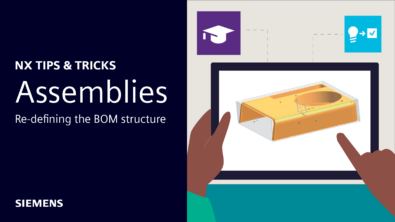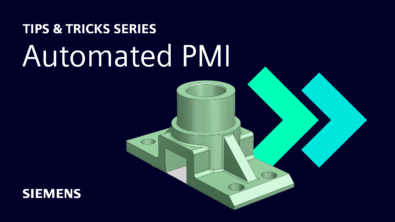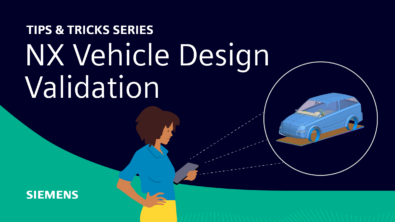How to Explain CAD to Anyone – A Lesson from the Cambridge Science Festival


Conveying product complexity to the layman (or woman) can be difficult though. Have you ever tried to explain what you do to someone who is not “in the know”? If your experience was anything like mine, your attempt fell flat and your not-so-rapt audience was left staring at you blankly. It’s no small task to simplify the complexity of CAD into conversational tidbits that the average person can easily digest. Harder still is making the topic interesting… at least for those who don’t share your enthusiasm for the perfect blend.
Yet that is exactly what Hugh Newsam and Jon Rimmer managed to do for an audience of nearly a hundred during the Cambridge Science Festival.
Questions such as “How many parts were in the first Boeing 777?” or the more relatable “How many words are in the entire Harry Potter series?” served not just to engage the audience, but also to demonstrate the magnitude of developing and managing products. The first Boeing 777—which, not coincidentally, was the first ever aircraft to be designed entirely with CAD—had 3 million parts, while the Harry Potter series contains nearly 1.1 million words. Those numbers are significant enough to make even the most casual observer sit up and take notice.
From there, Jon and Hugh were able to delve into the meatier topics of the digital twin, virtual versus physical prototypes, and pulling it all together with NX.

Jon and Hugh also explored the concept of digital twin. You no doubt have heard this term used a lot lately, and will continue to do so as it remains a key part of the future of manufacturing and product development in general. The digital twin is a virtual representation of a physical product that lives alongside it throughout the product lifecycle and beyond. The digital twin helps to conserve resources by reducing or eliminating altogether the need for physical prototypes. It’s no secret that a physical copy of a product takes time and money to create. Any design changes set you right back to square one in that process. The digital twin leads to higher efficiency and improved product quality (all of that extra time you save can be put toward improving the design, after all!).
You can’t have a digital twin without data though, and that is where things come full circle to tie in to the theme of this years’ Cambridge Science Festival which is, of course, Big Data! There’s another buzzword for you, but again, its popularity is not unfounded. As more products are brought into the digital realm, there is more information one can collect and use to better understand the world. Big Data deals with how to do precisely that.
This year marked the first time that Siemens has participated in the Cambridge Science Festival. The 14-day-long fair comprised 120 events including talks, exhibitions, demonstrations and hands-on, interactive experiences, all of which were dedicated to the latest research in science and math technology.
The point was not just to share the revolutionary changes coming out of science and tech, but also to ignite the spark of excitement that will lead future generations to pursue careers in science and be the next engineers.
So, what’s the takeaway for you? Well, the next time you find yourself struggling to explain to your spouse, child, friend or neighbor what exactly it is you do for a living, think back to the Cambridge Science Festival and remember these tips taken from Jon and Hugh’s presentation:
- Keep it simple. This is an obvious one, but it can be easy to slip into using complex jargon you’re familiar with. Keep your audience in mind and adjust your tone and language as necessary. It helps to break down the complex into smaller, simpler parts.
- Make it relatable. Most people can’t tell you what a chassis is, but everyone recognizes a car. Try to use examples that your audience actually knows and understands. Even better if it’s something they have experience with and thus can relate to.
- Have some fun with it. Throw in some humor and make it entertaining! People are more likely to pay attention—and thus understand—if you entertain them in the process. Jon and Hugh show that it is possible.
For more info on Siemens’ participation in the Cambridge Science Fair, read about it on our academic blog!



